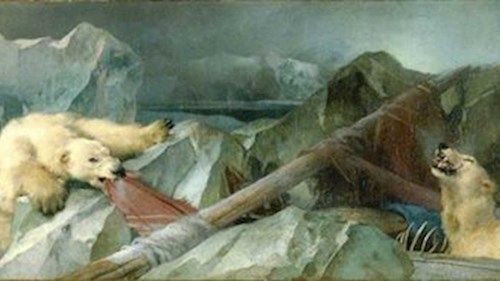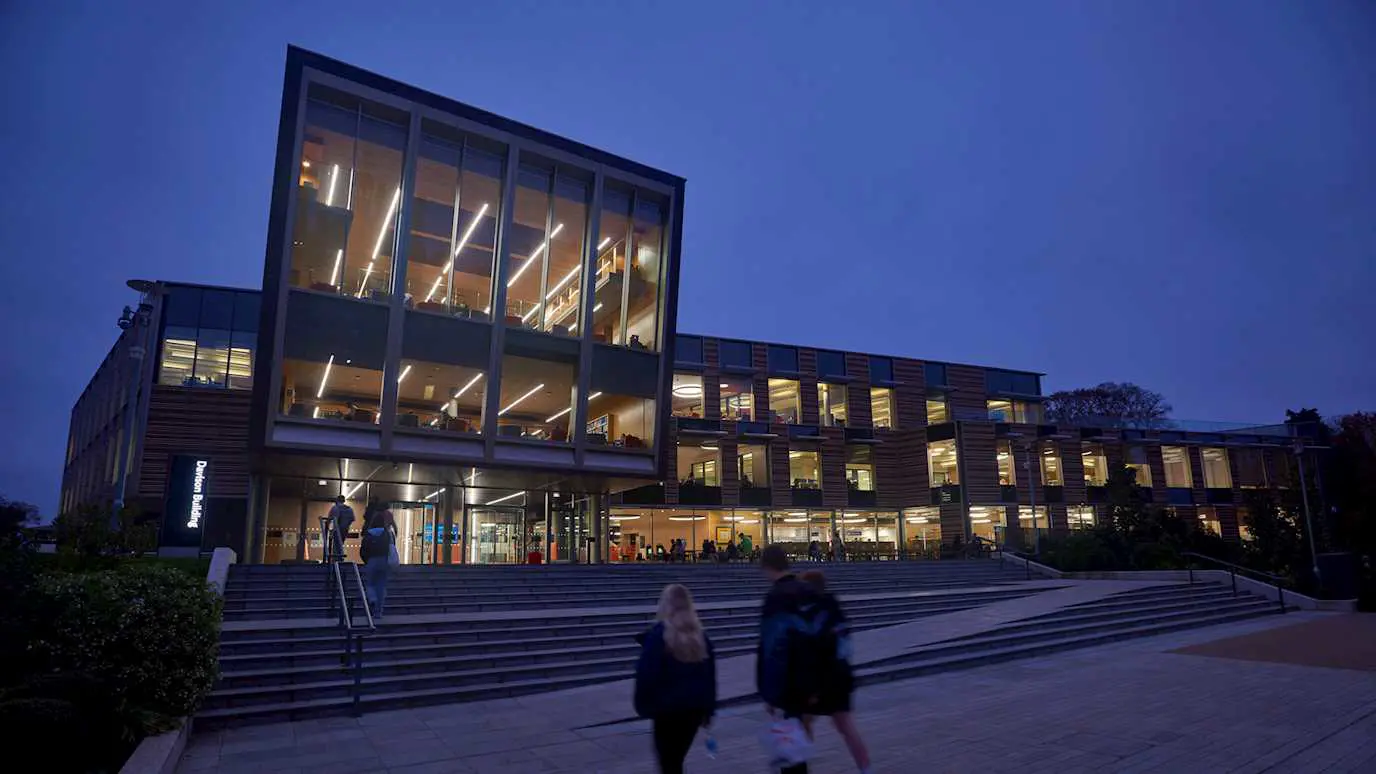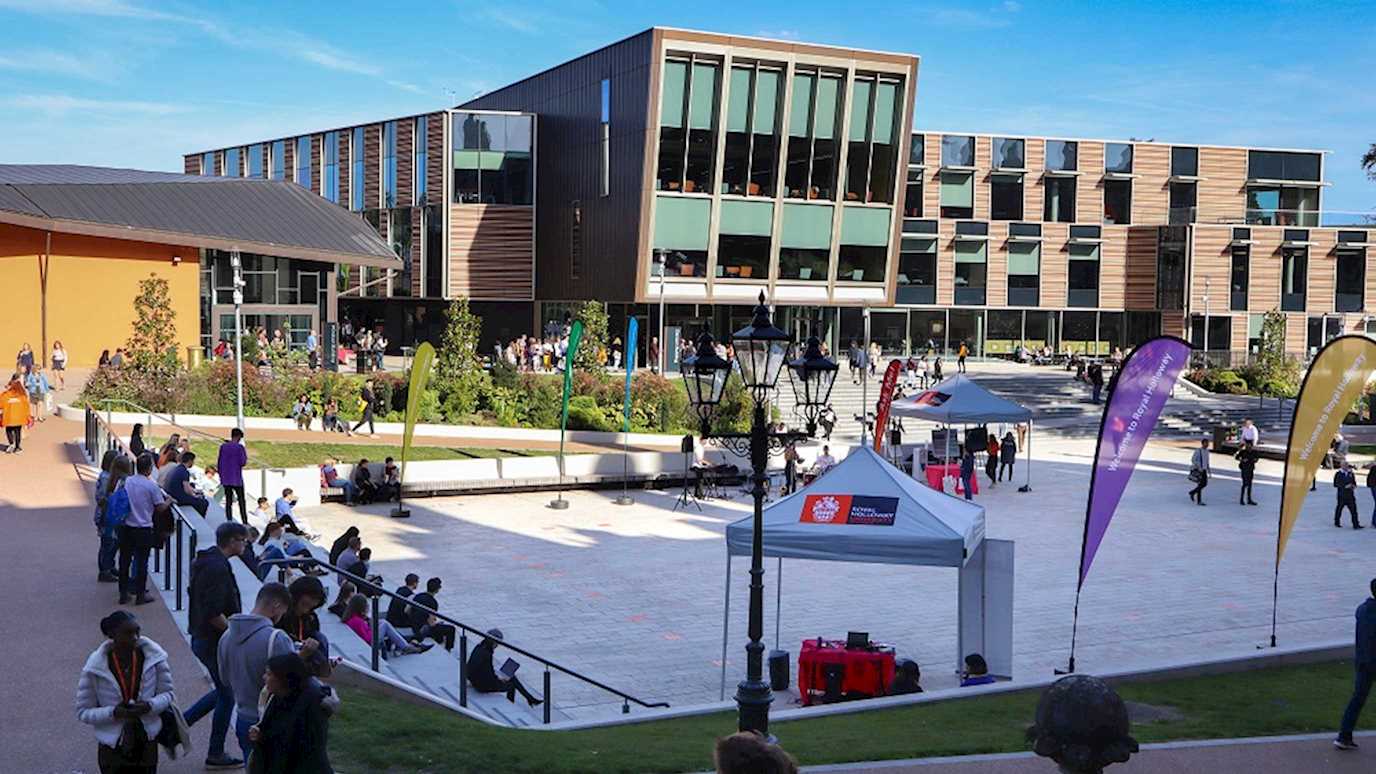Man Proposes, God Disposes, 1864

Sir Edwin Landseer (1802-1873)
Oil on canvas
Purchased by Thomas Holloway, 1881; acc. no. THC 0032
This painting of two polar bears savagely attacking human remains, depicts an imagined episode in the mysterious and grisly tale of Sir John Franklin’s 1845 failed expedition to find the North-West passage. Finding this pass was extremely important to British merchants and sailors in the 19th century as it would link the Atlantic and Pacific oceans, significantly cutting the length of voyages and further strengthening Britain's imperial power.
Franklin was an experienced explorer of the icy realms around the arctic, he set off in 1845 with two Royal Navy ships, 129 men and supplies for 3 years. The expedition left to much excitement on 19 May 1845. By 1848, when no word had been heard of them, numerous search and rescue missions were sent out. Few found anything concrete until John Rae headed a mission in 1854. He spoke to the local Inuit community who had met some of the remaining crew after they had abandoned their ships, and who found the bodies of these men the following year. They had also found objects from the expedition including Franklin’s telescope, seen in the painting. Most gruesome, however, was their discovery of bones belonging to members of the crew which showed the marks of cannibalism.
On returning to England, Rae’s grisly report caused outcry. For the Victorians, who believed utterly in their superiority as the most advanced and civilized nation in the world, no civilized, Christian man would stoop to such barbarian levels. Even Charles Dickens waded into the debate.
With such a macabre history, it is remarkable that Thomas Holloway bought the painting for his women’s College. It is certainly not the sweet, sentimental type of picture that many of his contemporaries would have deemed suitable for young women. However, he knew that he was creating a collection for enquiring minds who would want to investigate and discuss the issues highlighted by the painting, such as man versus nature and the notion of a civilized society.




















